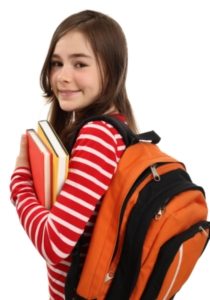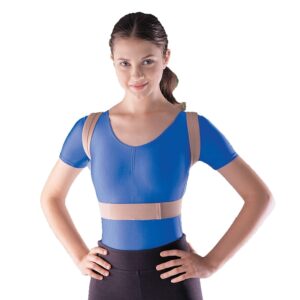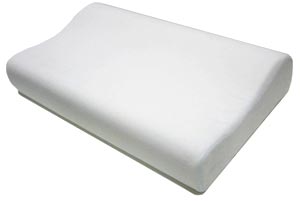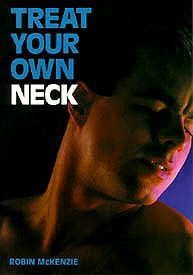Choosing a School Bag
Updated:
Increasing numbers of school children are reporting spinal pain in clinical practice. Sometimes this can go unnoticed or may be overlooked until it is too late. One of the major causes of back pain in younger age groups is carrying excessive loads to and from school in an ill-fitted or inappropriate school backpack. Recent research has shown a relationship between school bag loads, posture problems and spinal pain.

Choosing an appropriate school bag, having it fitted correctly and wearing it properly is extremely important to ensure healthy development of your child’s spine. A poorly fitted, inappropriately worn or excessively heavy school bag can cause a number of health issues for your child – potentially leading to problems later in life. Any of these issues, particularly when combined with over 12 years of schooling, can lead to such health and spinal problems as scoliosis, kyphosis, neck pain, headaches, shoulder pain, lower back pain and poor posture.
Posture problems and spinal pain in children and adolescents have the potential to lead to permanent spinal damage in later years. However, many of these issues can be prevented by following some simple steps when choosing, and wearing, a school bag.
School Bag Tips for Good Spinal Health

Members Only ContentBecome a PhysioAdvisor Member to gain full access to this exclusive content. For more details see Become a Member. Already a member? Login Now
Choosing a School Bag
When choosing a school bag the following tips and design features should be considered:
- Opt for a backpack with two even straps which allow the weight of the load to be distributed evenly over the body. Bags with only one strap can cause injury to the shoulder, back and neck from uneven load distribution.
- The centre of mass of the bag should be at waist height.
- Choose a bag that fits your child and is appropriate to their body size. It should rest comfortably against their back. Avoid bags that are wider than your child.
- The bag should have adjustable buckles or straps to lower or lift the pack into the appropriate position.
- Choose a backpack with a moulded frame and an adjustable waist belt, so that the weight of the backpack can rest on your child’s pelvis instead of their shoulders and spine.
- The waist belt will also help keep the bag close to the body and in place when moving around.
- All straps should ideally be padded and wide to help distribute the weight of the bag more evenly and over a larger area. This should include both the shoulder straps and the waist belt.
- The bag should also be padded where it touches the back.
More Tips on Choosing a School Bag

Members Only ContentBecome a PhysioAdvisor Member to gain full access to this exclusive content. For more details see Become a Member. Already a member? Login Now
Choosing a School Bag Summary

Members Only ContentBecome a PhysioAdvisor Member to gain full access to this exclusive content. For more details see Become a Member. Already a member? Login Now
 Physiotherapy Products to assist with posture related injuries
Physiotherapy Products to assist with posture related injuries
To purchase physiotherapy products to assist with improving posture and posture related injuries click on one of the above links or visit the PhysioAdvisor Shop
 Find a Physio
Find a Physio
Find a physiotherapist in your local area who can assess your child’s posture (and school bag) and provide appropriate treatment and advice on choosing an appropriate school bag.
 More Information
More Information
- View Improving Your Posture
- View Safe Lifting
- View Postural Taping
- View Beginner Pilates Exercises designed to improve posture
Become a PhysioAdvisor Member

Link to this Page
If you would like to link to this article on your website, simply copy the code below and add it to your page:
<a href="https://physioadvisor.com.au/health/ergonomics/choosing-a-school-bag”>Choosing a School Bag – PhysioAdvisor.com</a><br/>PhysioAdvisor offers detailed physiotherapy information on choosing a school bag.
Return to the top of Choosing a School Bag.








